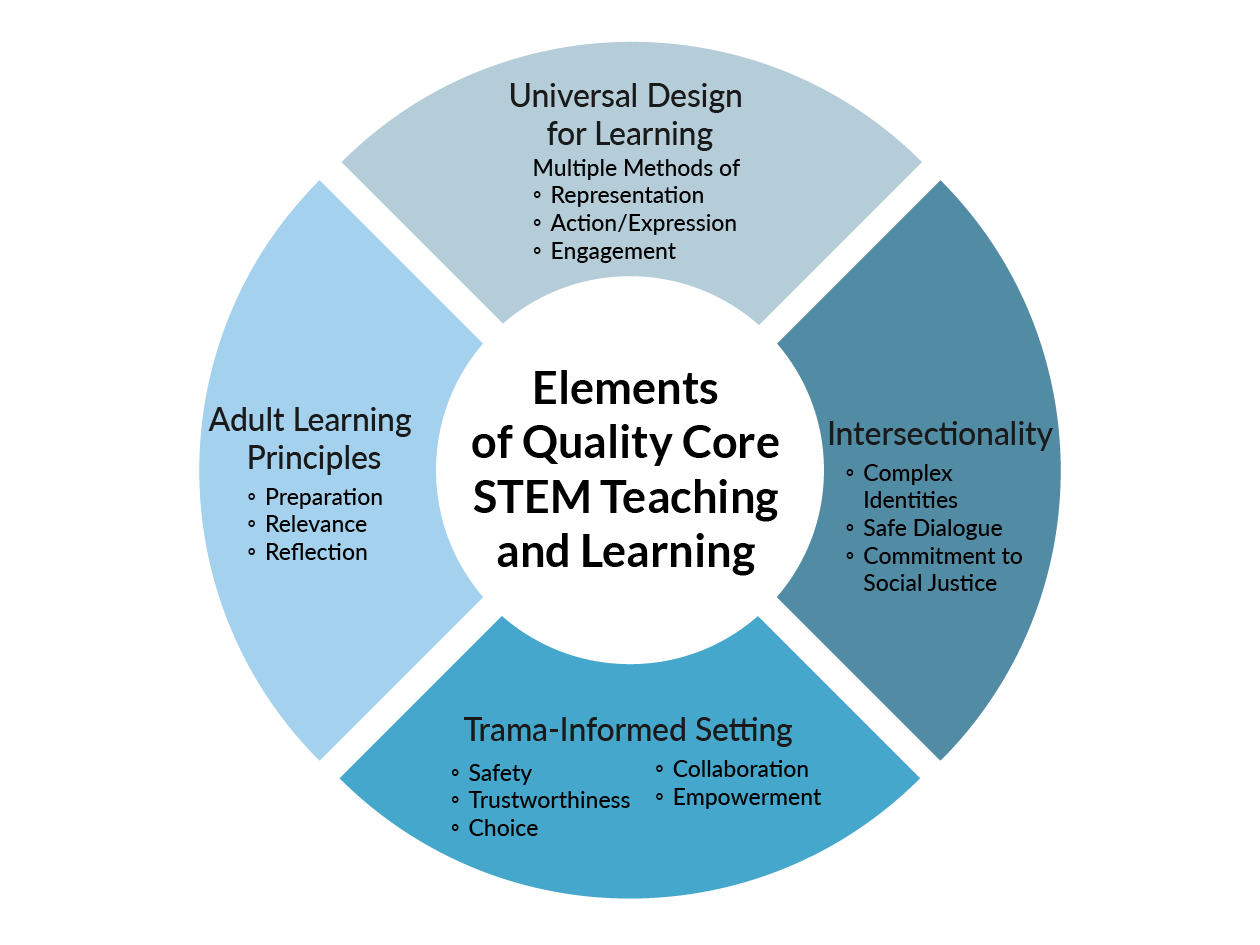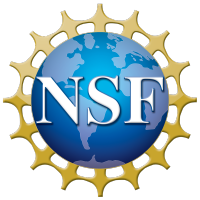What We’re Learning
Theories
Social innovation of systems transformation
Adult learning | Trauma-informed | Universal design for learning
Other theories and perspectives that broaden our interpretation of how the undergraduate STEM ecosystem should be configured for neurodiverse students include the following:
- Intersectionality: Acknowledging that each person has had a unique history of discrimination and oppression leading to variations in how social and systemic factors are experienced.
- Self-determination: Autonomy, competence, and connectedness are critical for growth and learning.
- Symbolic interactionism: Interactions inform meanings and actions are based on meanings
Learning
Environment
Incorporate Universal Design (everything designed for accessibility) – benefits all students
Provide accommodations, options for space orientation, etc.
Social Considerations
Clear social expectations
Neurodiversity as diversity
Intersectionality of culture, identity, and history

Effective Teaching and
Learning Priorities
Provide variety in learning activities, offering choices for students
- Hands-on activities
- Self-guided learning
- Collaborative learning
Materials and assignments should include visuals; graphics; real world examples and application; and clear and specific instructions
Be flexible and appreciate creativity
Use technology
Promote mentoring, research experiences, and internship opportunities
Understand and appreciate the
differences in how students
perceive, approach, and interact with
new information and skills
Incorporate principles of adult learning


